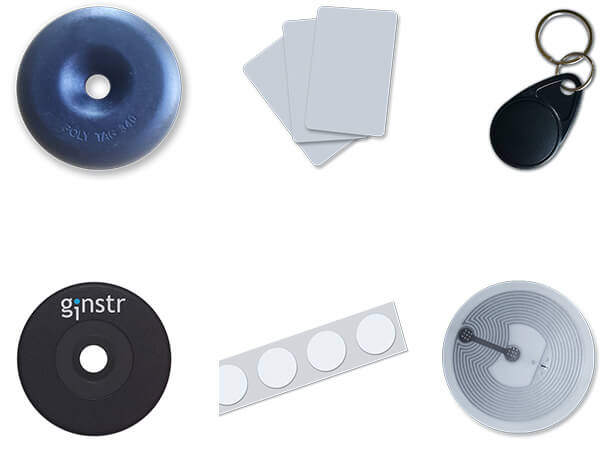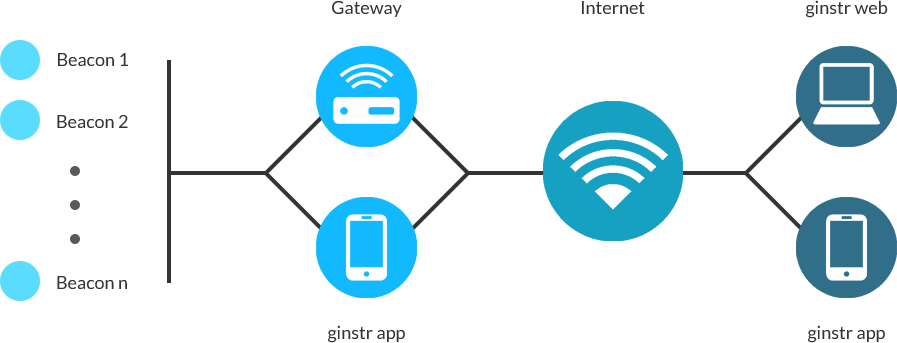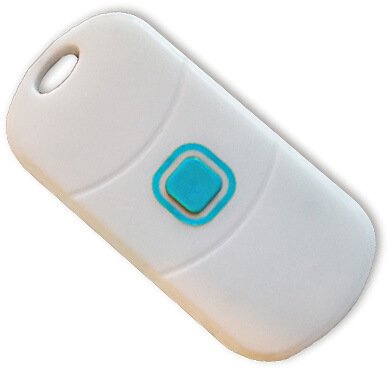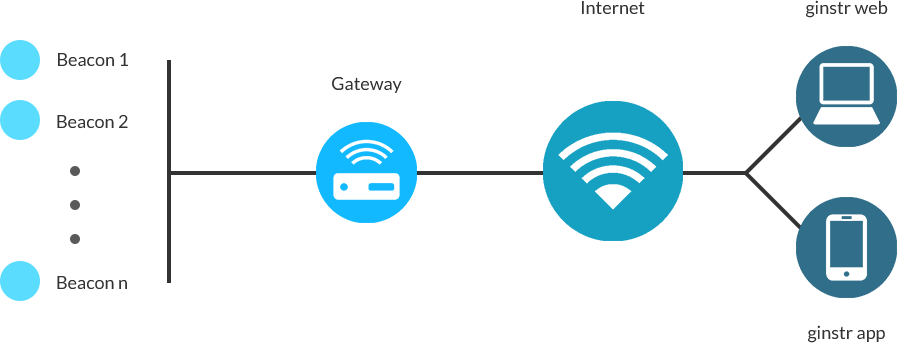
• Total customization
• Fully adjustable
• Easy Setup

Volker Günther, Head of IT and Marketing“We now have a competitive advantage, optimising our scheduled visit. In addition, it also better prepares our nurses in the event of an emergency.”

Evelyn Neushaus, Assistant Managing Director“The ginstr solution is more affordable compared to our previous system and other industry-specific solutions, for both the initial package and the running costs.”

Christian Kröeger, Managing Director at Gewerbesiedlungs- Gesellschaft mbH“We save an enormous amount of time and costs per meter acquisition as we are now able to conduct a high number of meter readings within a very short period of time.”
Customise the app to your needs
Unlimited amount of data storage in the ginstr cloud
24/7 cloud based information access via ginstr web
Enterprise level support: free dedicated consultant
Integrate with your existing IT infrastructure (additional cost)
Big Data support (additional cost)
NFC Technology allows you to send data over radio waves. This technology makes the exchange of information easier and faster for your business operations. We are using this powerful technology for most of our ginstr apps because it facilitates effective communication and information sharing. All you need is an NFC-capable smartphone and an NFC tag. Then, you can simply scan the NFC tag with your device to start assigning and exchanging data.

Bluetooth Low Energy (BLE) is an indoor and outdoor identification and localisation technology that uses small wireless tags called “iBeacons”, to communicate with your smartphone. These beacons are small Bluetooth emitters that have low energy consumption and their batteries generally last for several years. ginstr apps can receive data from any number of iBeacons to identify locations (e.g. a bus stop, a supermarket shelf, etc.). Beacons can also be used to identify the exact location of an employee (e.g. within a hospital, airport, mine or tunnel, or outside on a construction site or campsite). For this, several of these very cost-effective beacons can be mounted across the facility, and then with the so-called ‘fingerprint’ technology the location of the smartphone (and its user) can be determined. This is especially useful in cases where GPS either does not work (e.g. inside buildings), or requires too much power.

LoRa is a long-range network technology for low-speed communication of connected objects. Like BLE, the LoRa protocol allows both indoor and outdoor data transmission over long distances (3 to 10km). LoRa consumes less power and is more cost-efficient than any other traditional mobile network, which allows you to remotely monitor distant objects for several years with only one battery. Unlike mobile phones that are always switched on and keep consuming without interruption, LoRa equipment is not permanently accessible. It activates periodically and takes advantage of its “awakening” to check if there is new information to be recorded and issue an alert when necessary. GSM technology offers the same service but comes with higher costs. To deploy this network, it is necessary to use (gateways) antennas. It also acts as routers and transmitters for the wireless network.



Wireless remote sensing (e.g. for tire pressure; temperature in truck compartments,; temperature in transport boxes for blood tests, drugs, organs, etc.; status of container doors and equipment in containers; operating hours of machines; energy consumption of heating systems, cooling systems, cleaning machines; electricity, water and gas counters; etc.).

Automated registration of presence/absence of assets on construction sites, in mines, etc. (e.g. construction machinery accessory equipment such as excavator shovels, expensive drilling machines, tool boxes etc.)

Wireless remote control (e.g. immobilisation of construction machinery, activation/deactivation of sprinklers watering the fields, etc.)